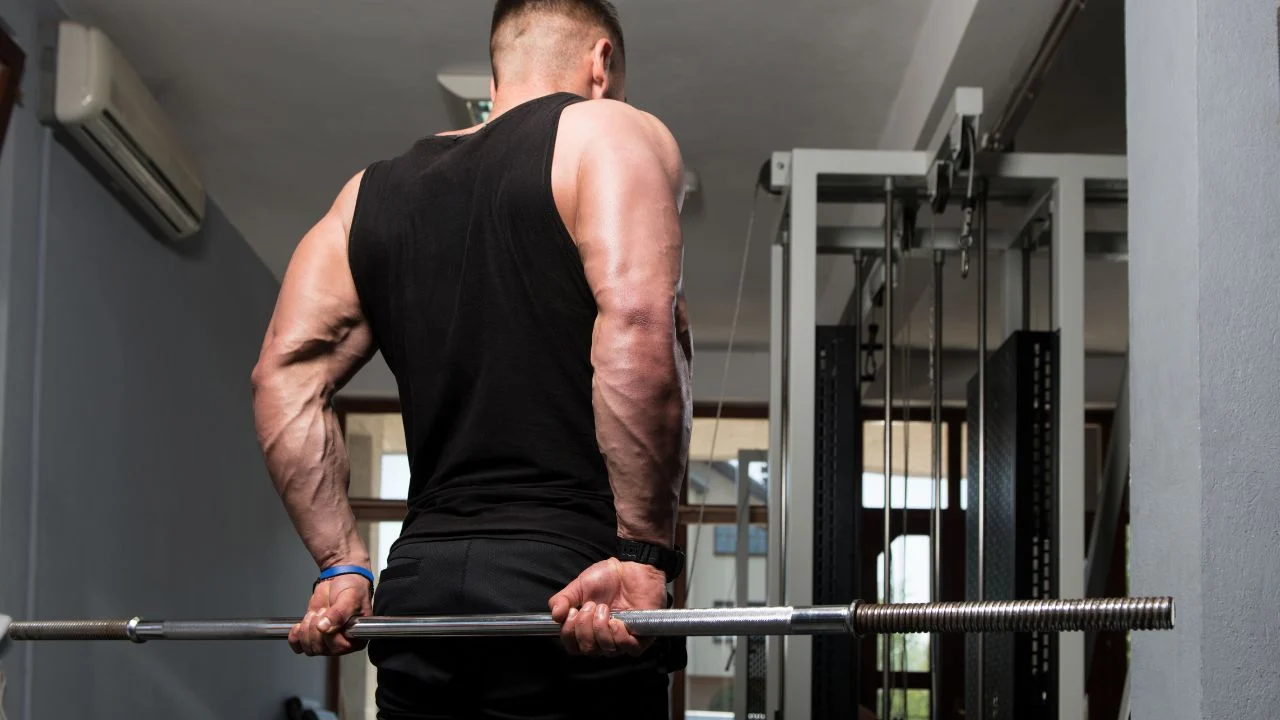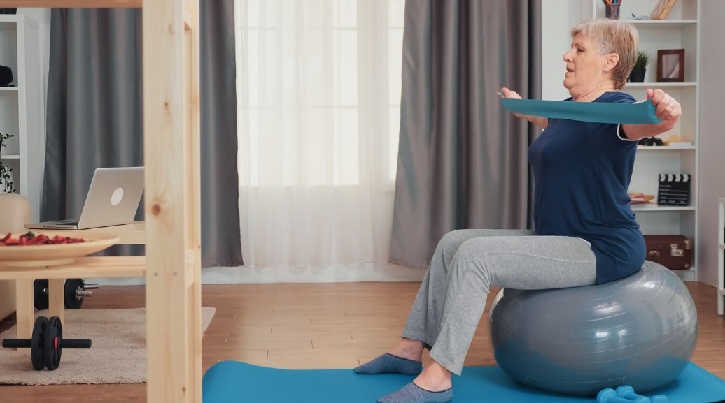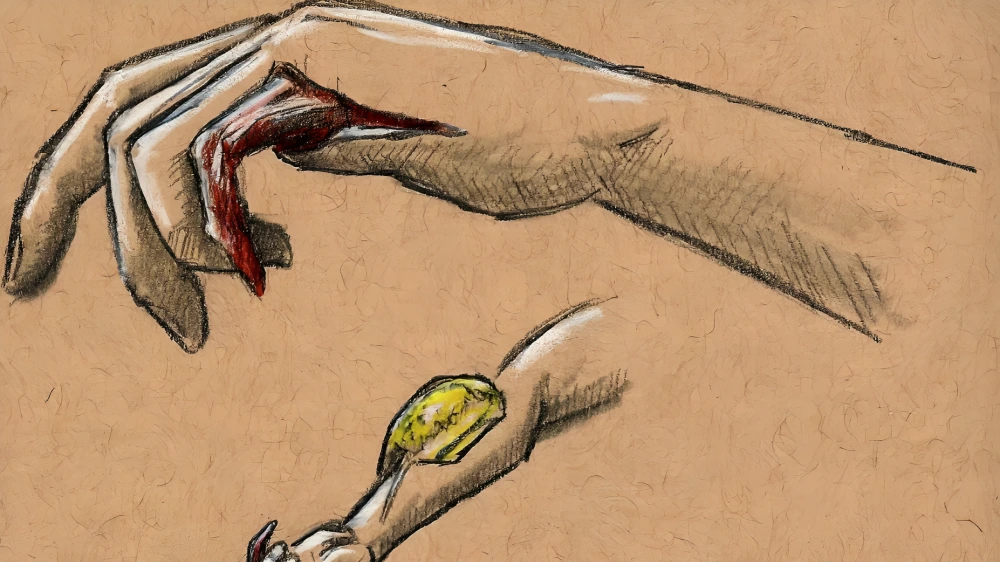Strong forearms are more than just a visual upgrade. They control grip, support lifting power, and protect from injuries. If you have ever failed a lift because the bar slipped, you already know why forearm workouts matter. With a focused plan, you can boost grip strength, improve sports performance, and add balance to your arms. This guide explains muscles, benefits, and ten detailed workouts that you can follow at the gym or home.
What Is a Forearm Workout?
A forearm workout is a set of exercises designed to train the muscles between your elbow and wrist. These muscles include flexors, extensors, and the brachioradialis. Together, they control wrist motion, finger movement, and grip.
Forearm workouts don’t need complex routines. A few dedicated exercises each week are enough to see growth and strength. By training grip, wrist, and elbow movements, you develop stronger and more defined forearms.
Why You Need Forearm Workouts?
Skipping forearm training often limits progress. A weak grip stops you from lifting heavier weights. It also reduces performance in sports like tennis, climbing, or basketball. Adding forearm workouts solves this problem.
These workouts not only make arms look balanced but also reduce injury risks. Strong wrists and tendons prevent strains. That means you can train longer and safer. Grip strength is also linked with better health and longer life.
Muscles Worked in Forearm Workouts
The forearm muscles are divided into two main groups:
- Flexors: Found on the underside. They help bend wrists and fingers.
- Extensors: Found on the top. They help straighten wrists and fingers.
- Brachioradialis: A key muscle that adds size and strength.
To build full forearms, both groups need attention. This means including wrist curls, grip holds, and reverse curls in your training. Balanced growth avoids weak spots and improves overall grip.
Best Forearm Workouts for Strength and Grip
1. Wrist Curls (Palm Down)

Wrist curls are the most classic forearm exercise. They mainly target the flexor muscles, which help you bend your wrist and grip objects tightly. This move builds strength for better lifts and adds thickness to the underside of the forearm. Doing it regularly improves grip endurance and control.
How to do:
- Sit on a bench and hold dumbbells with palms facing down.
- Rest your forearms on your thighs, leaving wrists free.
- Curl your wrists upward as high as possible.
- Lower slowly and repeat for 3 sets of 12–15 reps.
2. Wrist Curls (Palm Up)
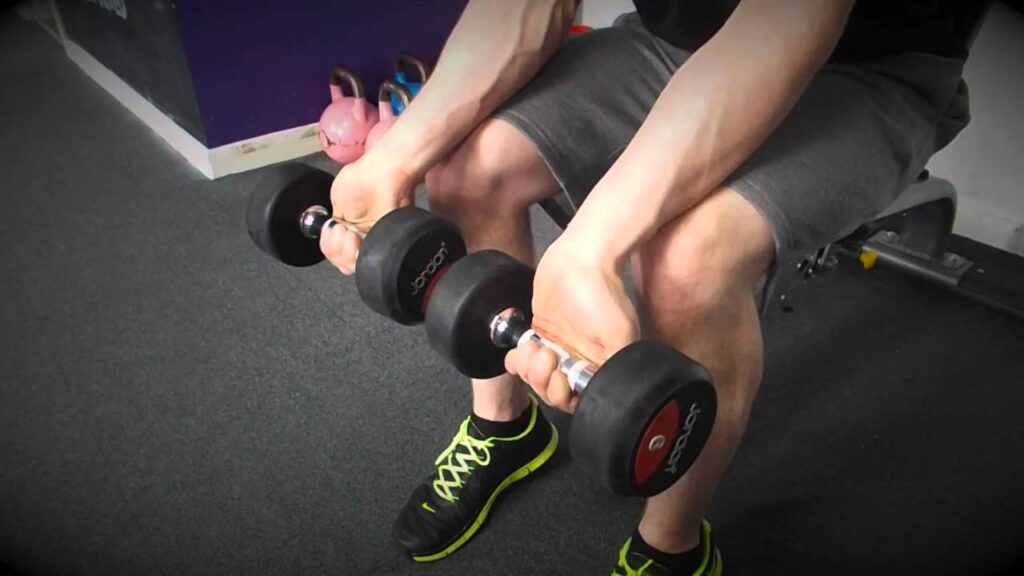
Palm-up curls balance forearm growth by training extensors on the top side of the arm. These muscles are often weaker, so training them prevents injuries and imbalances. They also improve stability in pushing movements like push-ups and bench press. Strong extensors also give a fuller forearm look.
How to do:
- Sit on a bench and grab dumbbells with palms up.
- Rest forearms on thighs with wrists hanging over the edge.
- Curl wrists upward, hold, then lower slowly.
- Perform 3 sets of 12–15 reps.
3. Reverse Grip Curl
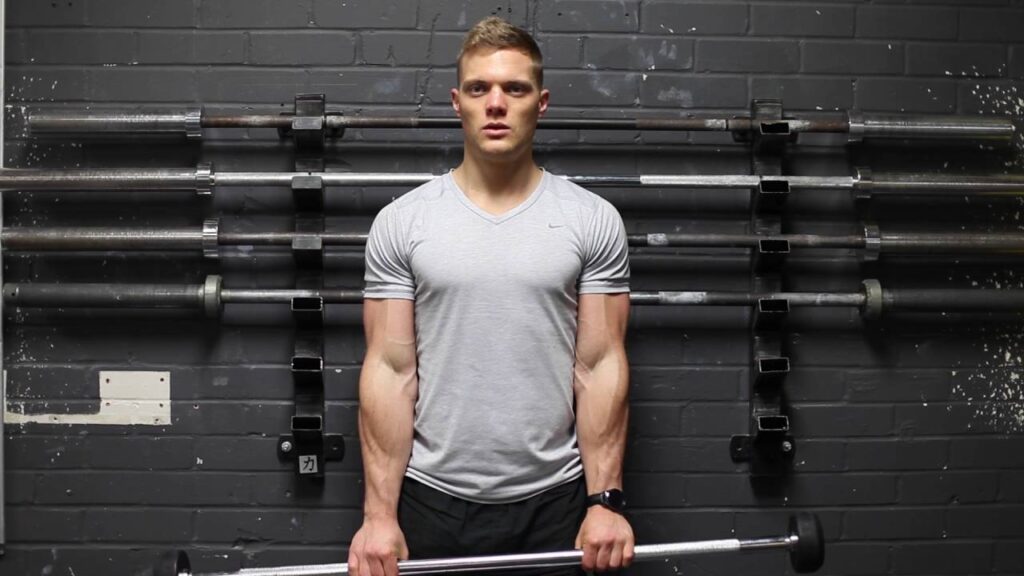
The reverse curl is excellent for building the brachioradialis, one of the largest forearm muscles. Unlike normal curls, this version reduces bicep use and puts stress directly on forearms. It helps build arm thickness and grip strength for pulling exercises.
How to do:
- Hold a barbell or EZ curl bar with palms facing down.
- Keep elbows close to your body.
- Curl the bar upward to chest level.
- Lower slowly with control. Perform 3 sets of 10–12 reps.
4. Zottman Curl
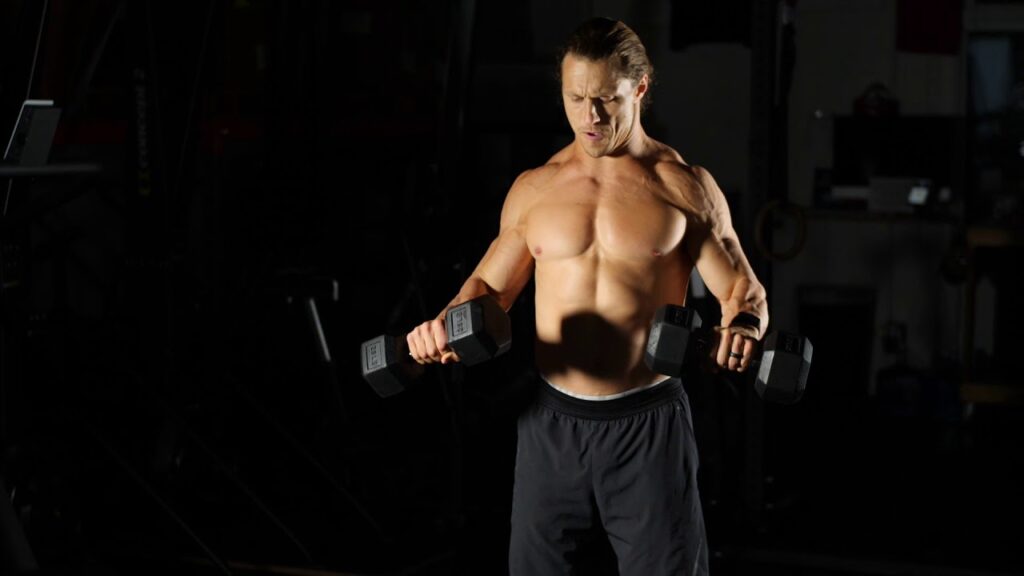
The Zottman curl trains both biceps and forearms at the same time. It uses a twist to target different muscles during the lift and lowering phases. It’s ideal if you want bigger arms while also building strong forearms. The movement also adds endurance and grip stability.
How to do:
- Hold dumbbells palms facing up.
- Curl to shoulder level as in a normal bicep curl.
- At the top, twist wrists so palms face down.
- Lower slowly and repeat. Do 3 sets of 10–12 reps.
5. Farmer’s Carry
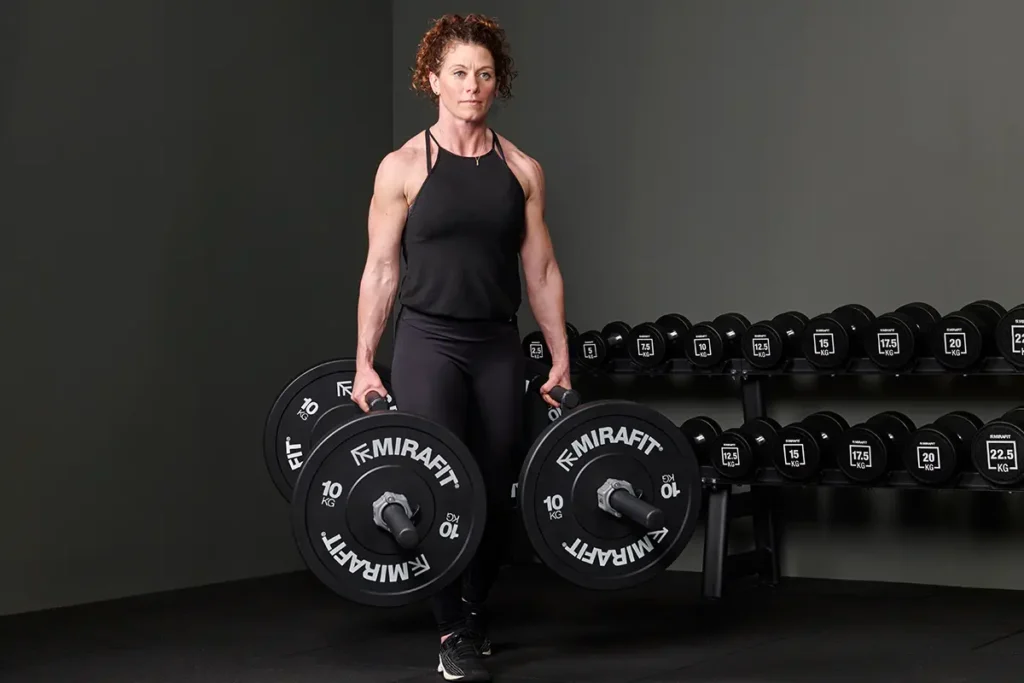
The farmer’s carry is a functional exercise for grip and overall strength. Carrying heavy weights for distance trains your grip, shoulders, and core all at once. This exercise also improves posture and translates to better performance in everyday lifting tasks.
How to do:
- Pick up two heavy dumbbells or kettlebells.
- Stand tall with shoulders back.
- Walk forward while gripping weights tightly.
- Cover 30–40 steps. Perform 3–4 walks.
6. Plate Pinch
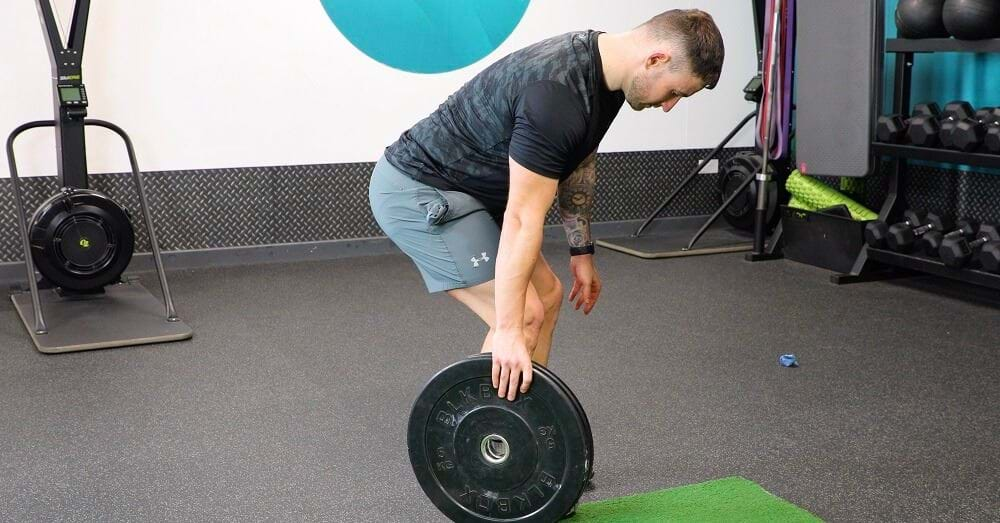
The plate pinch isolates finger and thumb strength. Unlike other exercises, you cannot wrap your hand around the weight, so your grip works harder. This exercise builds endurance in the smaller muscles of the forearm, which are key for grip-heavy sports like climbing.
How to do:
- Hold two plates together with smooth sides facing out.
- Pinch plates with fingers and thumb.
- Lift slightly and hold for 30–60 seconds.
- Do 3–4 holds, increasing weight over time.
7. Hammer Curl
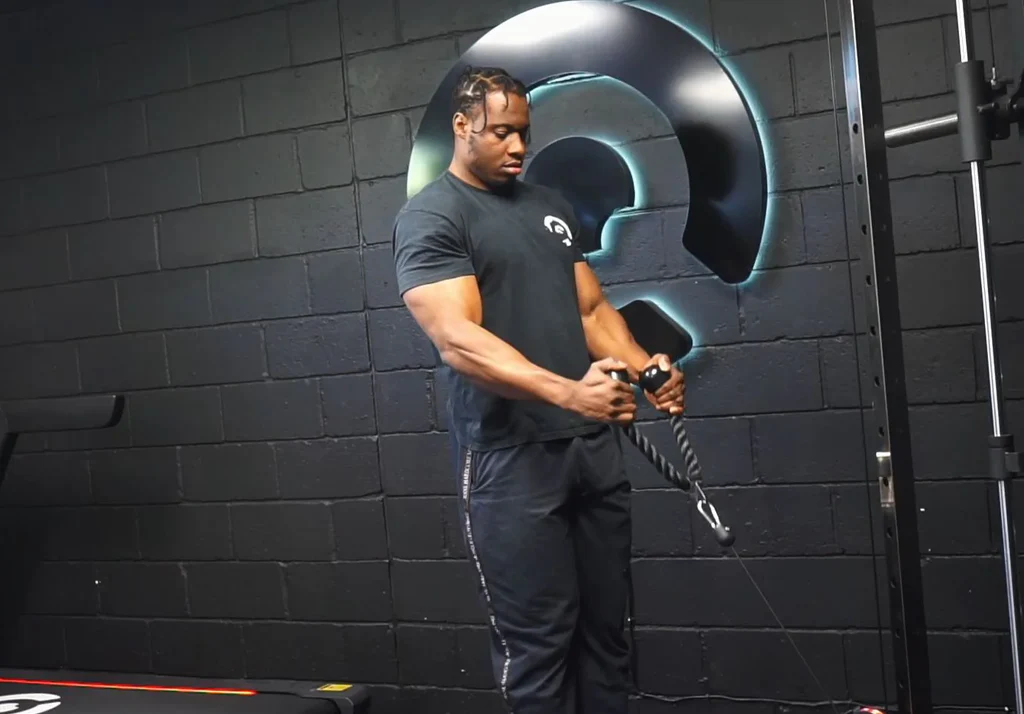
Hammer curls are a simple but powerful way to train the brachioradialis. This muscle sits on the side of the forearm and grows thick with proper training. The neutral grip also makes this exercise easier on wrists compared to normal curls.
How to do:
- Hold dumbbells with palms facing each other.
- Curl dumbbells upward to shoulder height.
- Lower slowly without swinging.
- Perform 3 sets of 12–15 reps.
8. Rope Wrist Roller
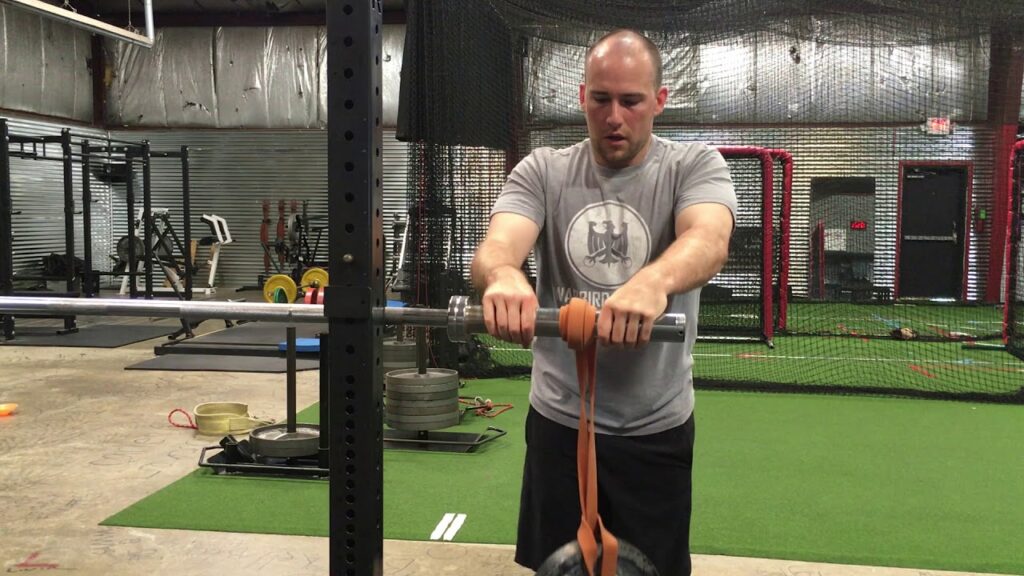
The rope wrist roller strengthens both flexors and extensors. Rolling weight up and down builds massive endurance in wrists and forearms. It’s a traditional forearm move used by athletes for grip and wrist stability.
How to do:
- Attach a rope to a weighted plate.
- Hold the roller at shoulder height.
- Roll the rope to lift the plate upward.
- Slowly reverse to lower the weight.
- Repeat for 2–3 rounds.
9. Fingertip Push-Ups
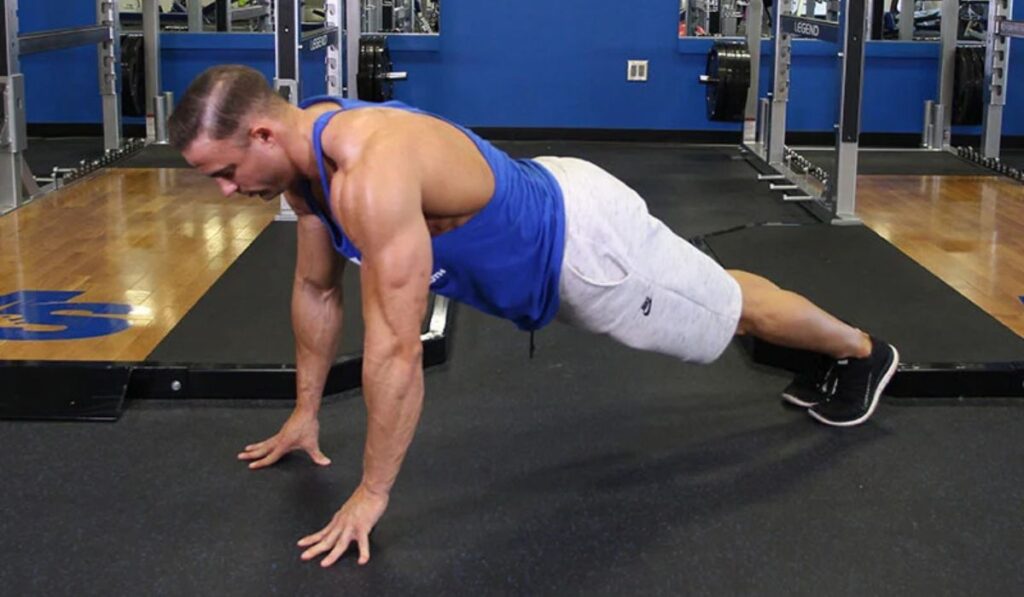
This bodyweight exercise builds finger and wrist strength. It’s an advanced move that demands stability and control. It improves grip power for martial arts, climbing, and gymnastics. Start slow, as it puts stress on tendons.
How to do:
- Get into a push-up position.
- Place hands on fingertips instead of palms.
- Lower chest toward the floor.
- Push back up with control.
- Perform 3 sets of 5–10 reps.
10. Towel Pull-Ups
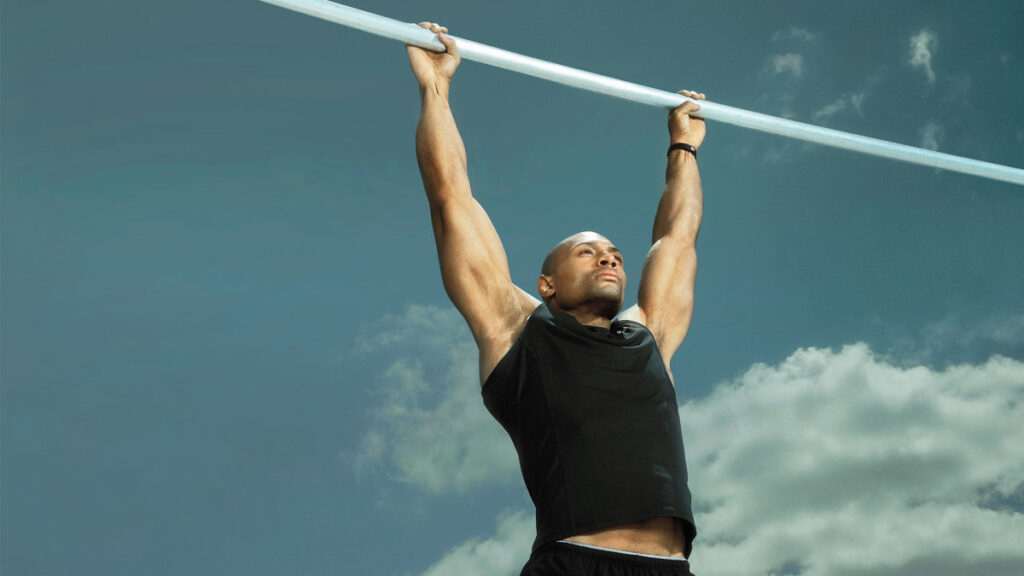
Towel pull-ups add a grip challenge to regular pull-ups. Holding onto towels forces forearm muscles to engage harder. This move is great for athletes who need crushing grip power and also builds strong lats and biceps.
How to do:
- Hang two towels over a pull-up bar.
- Grip towels tightly and hang.
- Pull up until chin passes bar.
- Lower slowly and repeat.
- Do 3 sets of 6–10 reps.
Weekly Forearm Workout Plan
Here’s a plan to include all exercises without overtraining.
| Day | Exercises | Sets/Reps |
| Monday | Wrist Curls, Reverse Grip Curl | 3×12–15 |
| Wednesday | Farmer’s Carry, Plate Pinch | 3–4 walks/holds |
| Friday | Zottman Curl, Hammer Curl | 3×12 |
| Saturday | Fingertip Push-Ups, Rope Pulls | 3–4 sets |
This split ensures rest while keeping volume high.
Benefits of Forearm Workouts
Adding forearm exercises brings several benefits:
- Stronger grip: Helps in lifts like deadlifts and pull-ups.
- Better sports skills: Tennis, climbing, and basketball improve.
- Injury protection: Strong tendons prevent wrist strains.
- Aesthetic arms: Balanced and muscular look.
- Daily strength: Easier to carry loads or open jars.
Conclusion
Strong arms aren’t complete without strong forearms. Adding forearm workouts helps with grip, size, and injury prevention. From simple wrist curls to advanced fingertip push-ups, these exercises cover every muscle. You can train at the gym or at home with the same effect.
Stay consistent, progress slowly, and your grip will never fail again. Forearm workouts not only improve your lifts but also boost sports performance and daily strength. Make them a part of your routine, and you’ll see the difference in weeks.
FAQs on Forearm Workouts
Do I need forearm workouts every day?
No, Two to three times weekly is enough.
Can I pair them with biceps?
Yes, They complement curls and pulls.
How long to see growth?
6–8 weeks of consistent training shows results.
Do I need heavy weights?
Not always, Grip-based holds and light curls also work.
Also read about :- Thespoonathletic Fitness Tips for Strength
